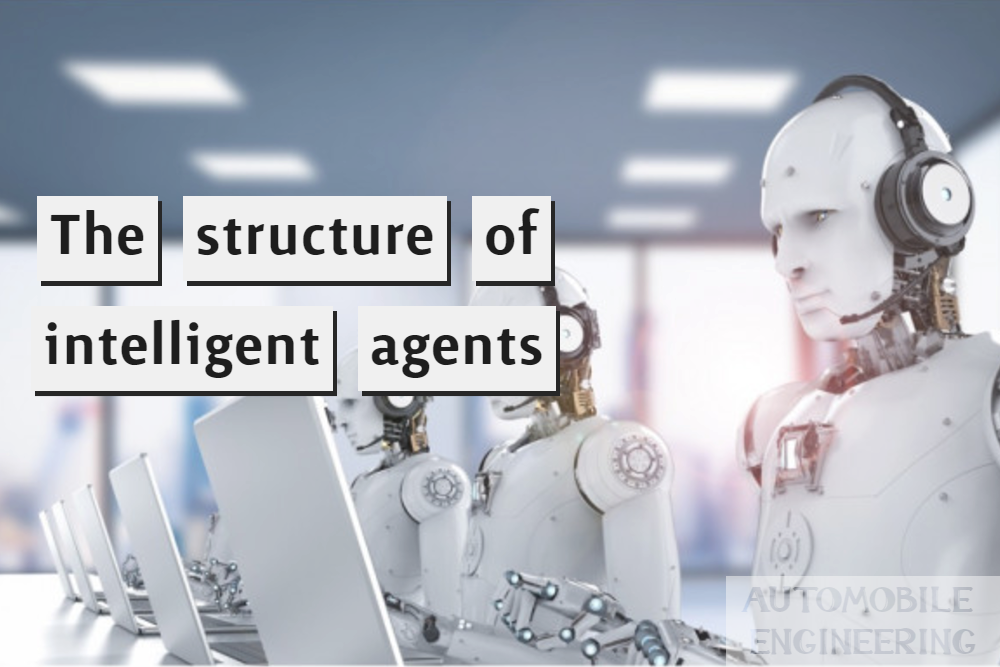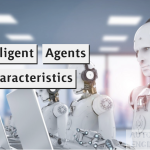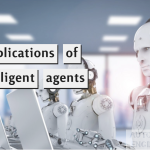The IA structure consists of three main parts: architecture, agent function, and agent program.
- Architecture: This refers to machinery or devices that consists of actuators and sensors. The intelligent agent executes on this machinery. Examples include a personal computer, a car, or a camera.
- Agent function: This is a function in which actions are mapped from a certain percept sequence. Percept sequence refers to a history of what the intelligent agent has perceived.
- Agent program: This is an implementation or execution of the agent function. The agent function is produced through the agent program’s execution on the physical architecture.
Categories of intelligent agents
There are 5 main categories of intelligent agents. The grouping of these agents is based on their capabilities and level of perceived intelligence.
Simple reflex agents
These agents perform actions using the current percept, rather than the percept history. The condition-action rule is used as the basis for the agent function. In this category, a fully observable environment is ideal for the success of the agent function.
Model-based reflex agents
Unlike simple reflex agents, model-based reflex agents consider the percept history in their actions. The agent function can still work well even in an environment that is not fully observable. These agents use an internal model that determines the percept history and effect of actions. They reflect on certain aspects of the present state that have been unobserved.
Goal-based agents
These agents have higher capabilities than model-based reflex agents. Goal-based agents use goal information to describe desirable capabilities. This allows them to choose among various possibilities. These agents select the best action that enhances the attainment of the goal.
Utility-based agents
These agents make choices based on utility. They are more advanced than goal-based agents because of an extra component of utility measurement. Using a utility function, a state is mapped against a certain measure of utility. A rational agent selects the action that optimizes the expected utility of the outcome.
Learning agents
These are agents that have the capability of learning from their previous experience.
Learning agents have the following elements.
- The learning element: This element enables learning agents to learn from previous experiences.
- The critic: It provides feedback on how the agent is doing.
- The performance element: This element decides on the external action that needs to be taken.
- The problem generator: This acts as a feedback agent that performs certain tasks such as making suggestions (new) and keeping history.
How intelligent agents work
Intelligent agents work through three main components: sensors, actuators, and effectors. Getting an overview of these components can improve our understanding of how intelligent agents work.
- Sensors: These are devices that detect any changes in the environment. This information is sent to other devices. In artificial intelligence, the environment of the system is observed by intelligent agents through sensors.
- Actuators: These are components through which energy is converted into motion. They perform the role of controlling and moving a system. Examples include rails, motors, and gears.
- Effectors: The environment is affected by effectors. Examples include legs, fingers, wheels, display screen, and arms.
The following diagram shows how these components are positioned in the AI system.

Inputs (percepts) from the environment are received by the intelligent agent through sensors. This agent uses artificial intelligence to make decisions using the acquired information/ observations. Actions are then triggered through actuators. Future decisions will be influenced by percept history and past actions.



